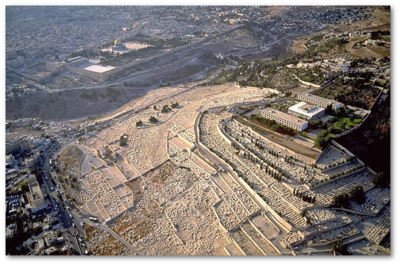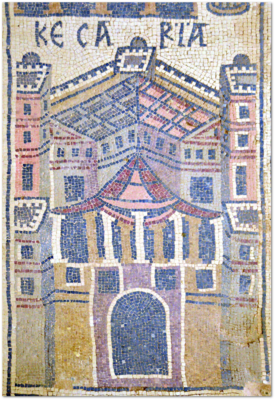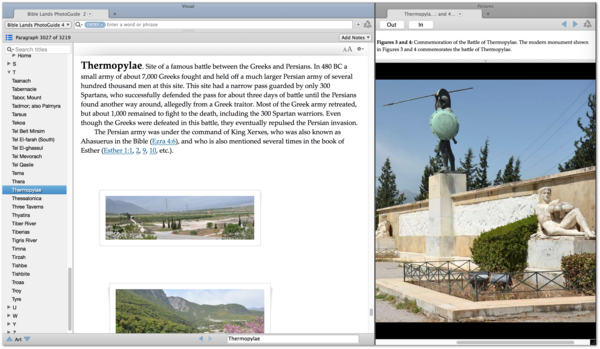Twenty years ago I took my first trip to Israel on a three week study tour while I was in my PhD program at Dallas Theological Seminary. The leaders on the trip were Dr. Harold Hoehner and Dr. Charlie Dyer. It was there, as we studied and visited biblical sites, that I realized how important seeing the places where biblical events took place transformed and enhanced the way I could teach the Bible. It was then I developed a strong interest in biblical geography and saw the immense value of learning about it.

So when I was asked to work on a revision to the Accordance BibleLands Photoguide, I was excited to help. Not only were we able to nearly double the number of photographs in the guide but also the written portion of the articles were enhanced to better inform about the biblical significance of the site and in some cases the significance for church history. Also, looking at pictures without an explanation is difficult to do. So we were careful to try and explain what each picture is showing and what is important about it. We were always asking the question of how the pictures illustrate the places and events of the Bible and tried to explain that, along with giving hyperlinked biblical references.

- Philip the Evangelist making his home there (Acts 8:40; 21:8).
- Cornelius and his household were converted there, becoming the first Gentiles in the church (Acts 10:1-48; 11:1).
- Herod Agrippa I died there after he received praise that he was divine (Acts 12:19-24).
- First century Roman governors of Judea often resided there including Pontius Pilate, Felix (Acts 23:23-24), and Festus (Acts 24:27; 25:15).
- Paul landed there after returning from Ephesus on his second missionary journey (Acts 18:22-23) and later was imprisoned there for more than two years appearing in various trials before the Roman rulers until he made his final appeal to Caesar.
- Paul was sent by ship to Rome from the harbor in Casesarea (Acts 24:1-27:1).
- The Pilate inscription was found there which mentions Pontius Pilate by name.
- After the New Testament era, the city became a major Christian center of learning and Christians died for their faith here under certain times of Roman persecution.
The pictures of the harbor, palace, amphitheater, stadium, and Byzantine city make many of these events come alive with their images.
It is a real blessing to be able to go to and study sites but short of an actual visit with an experienced guide, the Accordance Photoguide 4.0 provides a new enhanced platform to study biblical geography in a way that we hope will enrich our understanding of the Bible’s geographical context.
James F. Davis, PhD
The Accordance Bible Lands PhotoGuide 4 is available for $89.90. Upgrade prices from previous editions are also available.


